Created as a living space and gallery, this flat has now become a real home, with several memories and works that fascinate the owner at all times.
We are in NYC, in the West Village neighbourhood, in an early 1900s townhouse on two floors, with a total surface of about 140 square metres.
The house was bought by Sandra Gering in 1988, when Cosimo Di Leo Ricatto – an artist and photographer, who was her partner at the time – expressed the desire to live in a duplex in the West Village, side by side with the various artists living in that neighbourhood.
After much research, they decided to purchase this property and entrusted the work to architect Mark Zeff, a great friend of Sandra.











Until 2009, the flat had to perform a dual function: gallery and living space, two essential prerequisites to obtain flexible environments to exhibit artworks and, at the same time, to live well and comfortably.
The very bright living room opens onto three large windows, overlooking a small internal garden. The dominant shade is white, the perfect background to enhance the value of some works played on effects and chromatic contrasts; a large open space that expands from the entrance to the living room, also touching the kitchen and the dining area in the middle.
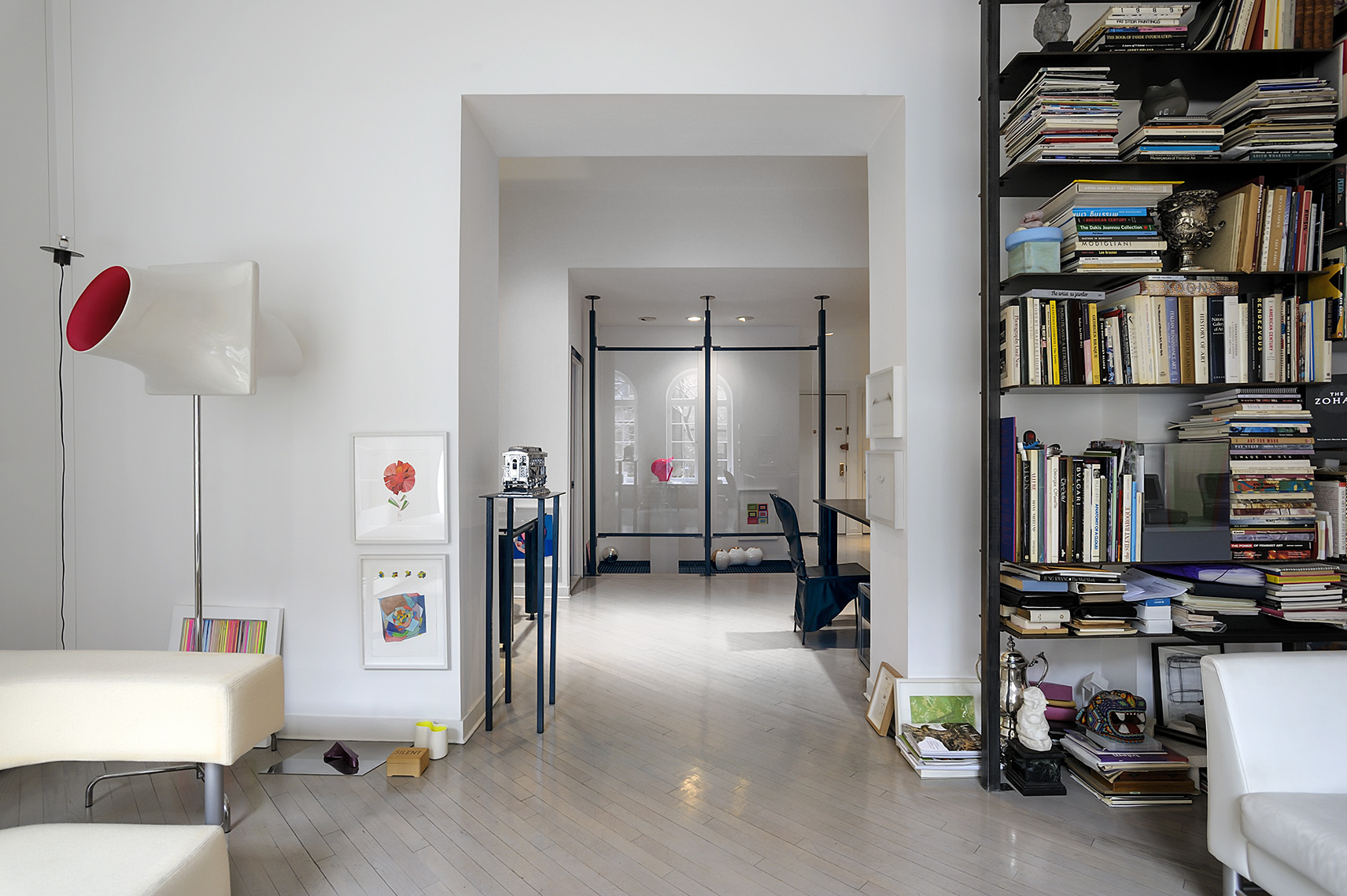
The whole project revolved around the idea of making the most out of environments, corners and walls, in order to maintain the concept of a continuous succession of changes in works and sculptures,
which became an integral part of the space, according to the circumstances. All this until 2009, when Sandra Gering decided to open a real uptown gallery. The house/gallery – which until then had represented the beginning of the journey of some artists such asXavier Veilhan, Vincent Szarek, John F. Simon, Jane Simpson, David Tremlett, and Karim Rashid– has become her real home, with her memories and important pieces of art that are now part of her life, largely focused on useful projects destined to remain in our memory.
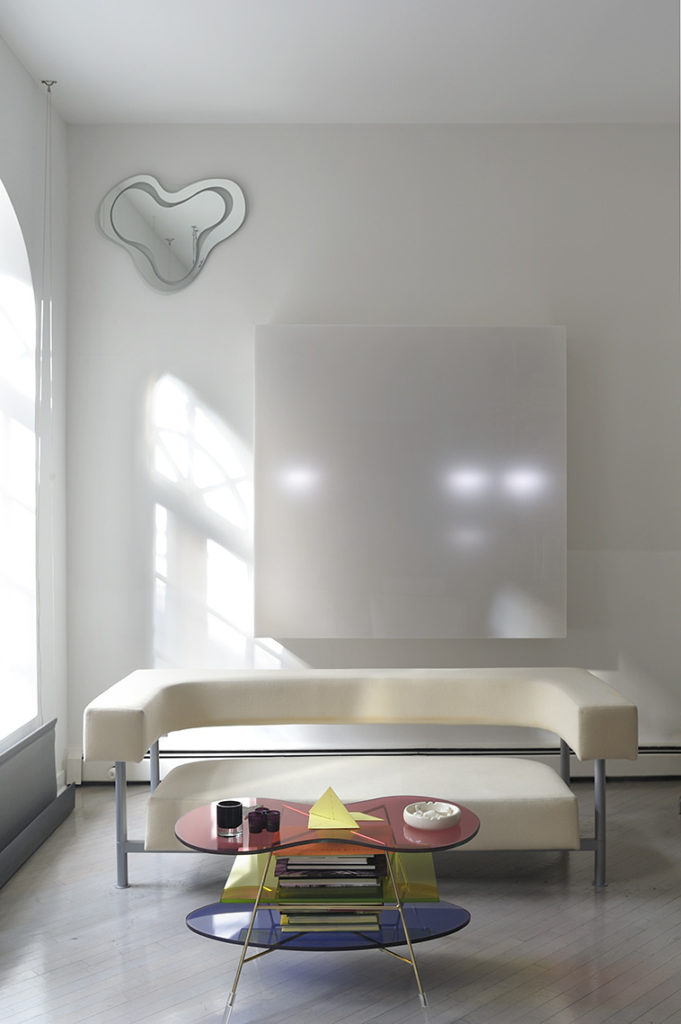
Sandra told us: “My life has always revolved around the world of art, and you can see it from my house which, although being my home today, represents a personal gallery of pieces of art and memories.
The story is curious: in 1998 during a trip to France, I had the opportunity to visit E-1027, a modernist villa designed between 1926 and 1929 by Eileen Gray. Located in a wonderful position overlooking the rocks, it was in a state of neglect and decay.
I was very impressed, and upon returning to NYC, I did a search on Eileen Gray’s life and I discovered several things that caught my attention, leading me to start Friends of E. 1027, a non-profit organization, which – by working closely with the French government and the municipality of Roquebrune-Cap-Martin – managed to buy the villa in partnership with the Conservatoire du littoral and opened it to the public.
This, and much more, is what made me feel alive.”

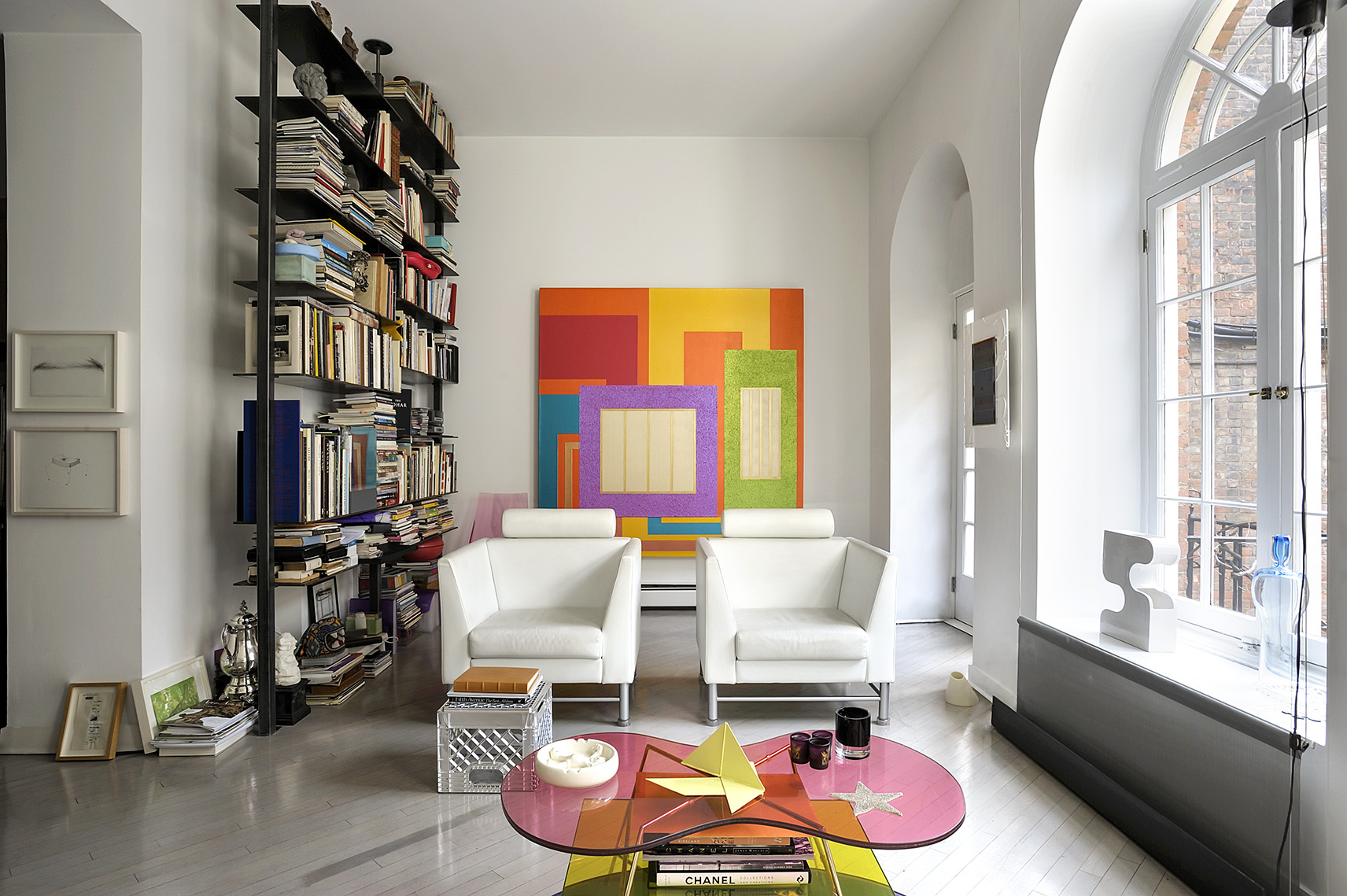
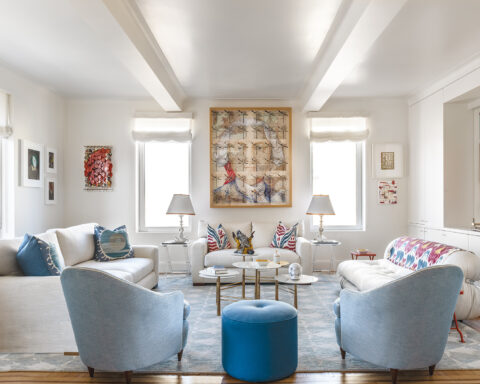
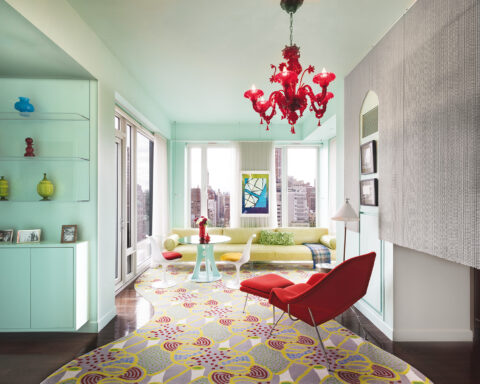
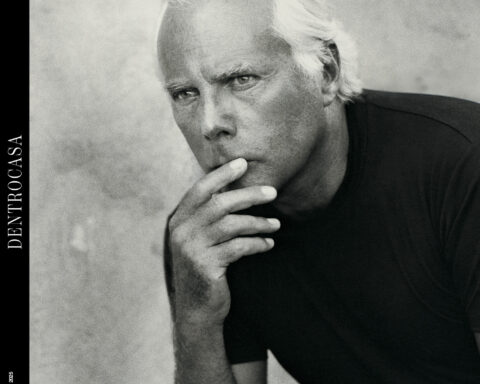
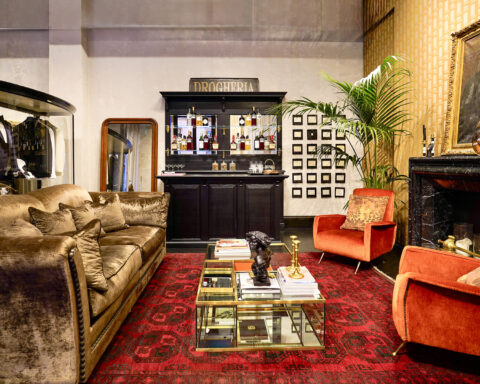

.png)



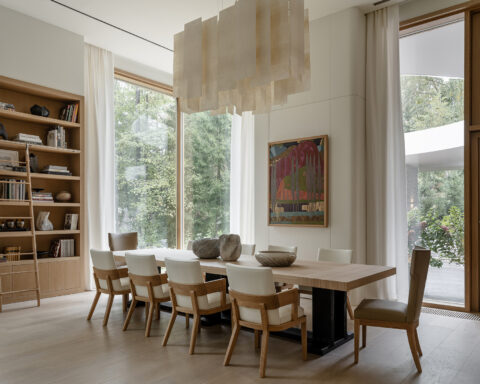
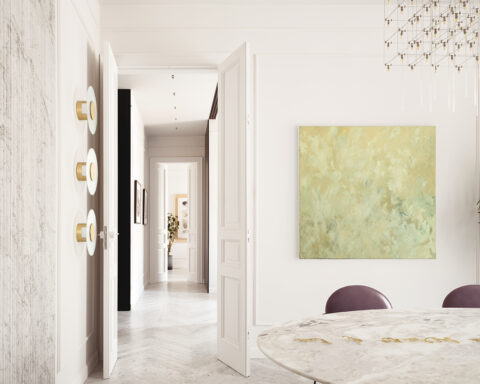
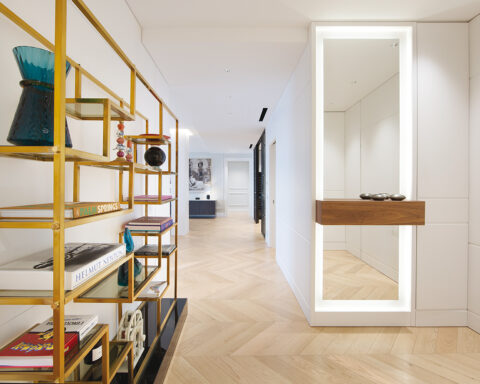


Seguici su